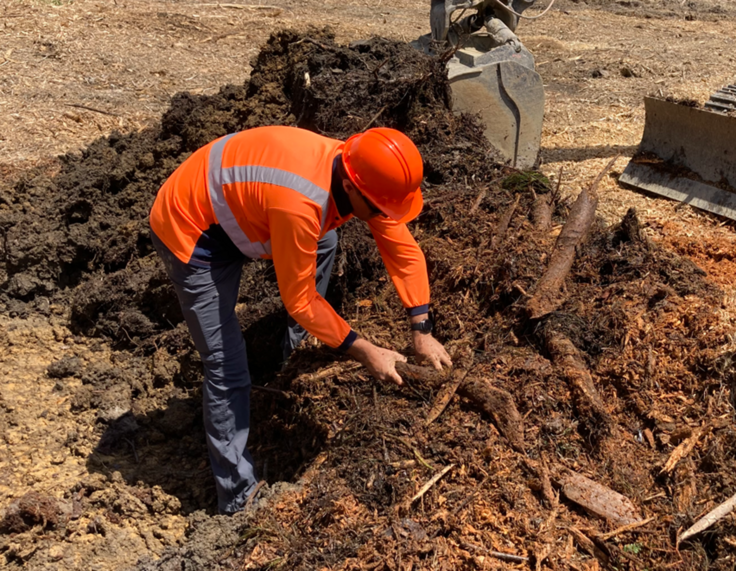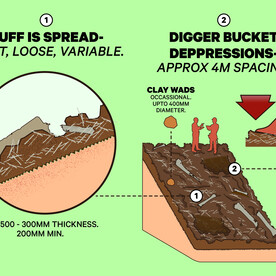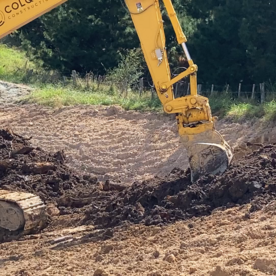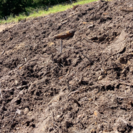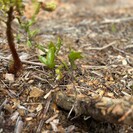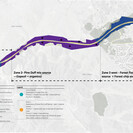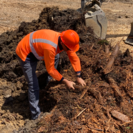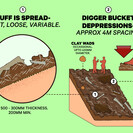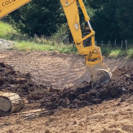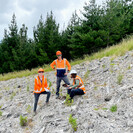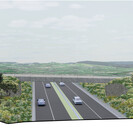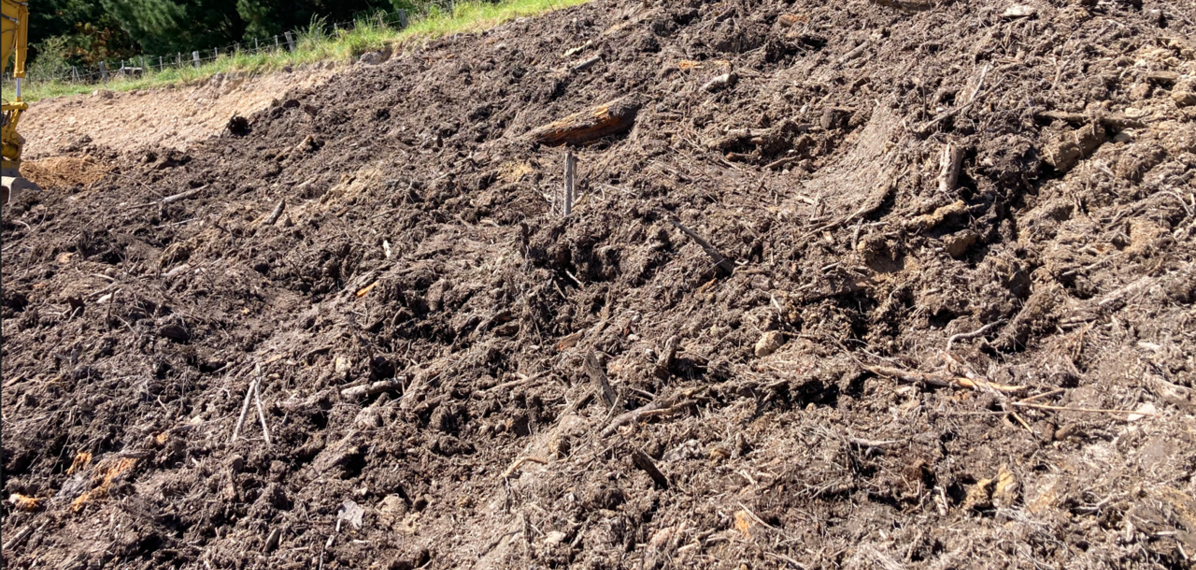
Showcase
- NZILA Category Winner He Iti Pounamu — 2024
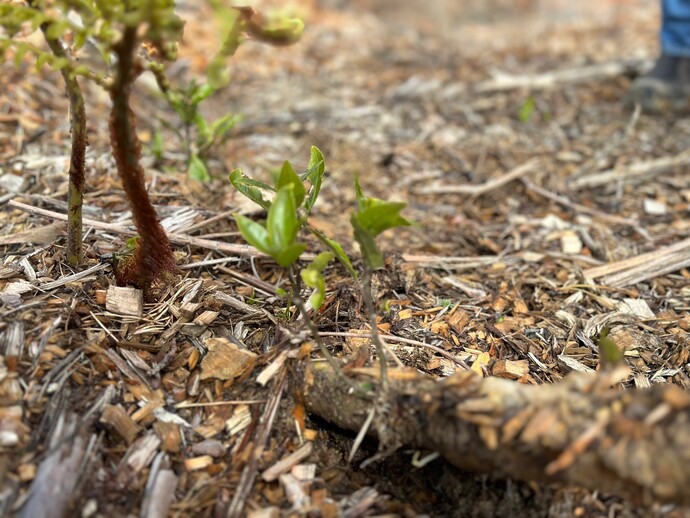
The need for a new connection to the Whangaparāoa Peninsula has a long history—the 7km corridor is known as ‘Penlink’, short for Peninsula Link). In June 2022, NZ Transport Agency Waka Kotahi, HEB, Fulton Hogan, Aurecon and Tonkin+Taylor formed an alliance to construct the highway, with Mana Whenua gifting the name O Mahurangi. Isthmus are a sub-consultant to the Alliance bringing innovation, landscape and urban design expertise to the corridor design. The route traverses plantation forestry and native forest /shrubland landscapes, offering an opportunity for an ecologically and culturally grounded approach to landscape restoration, acknowledging the whakapapa of soil. O Mahurangi has iwi partners embedded in the project including on the Project Advisory Board and NZTA is committed to delivering net positive environmental and social outcomes as part of the highway design, construction, and operation. Along with the Alliance’s way of working, an environment of collaboration and innovation has been created that has allowed us to demonstrate the value landscape architecture thinking can bring. In creating the building blocks to re-establish indigenous ngahere, the standard approach to soil management (using a typical topsoil supply specification) has been put aside in favour of a unique, Aotearoa-specific approach adapted from mine rehabilitation. The Forest Duff Regeneration Strategy is a small part of a large infrastructure project—the reuse of forest clearance material in the creation of a more biodiverse and resilient growing medium is an innovation that will have a big impact on landscape restoration across the highway corridor
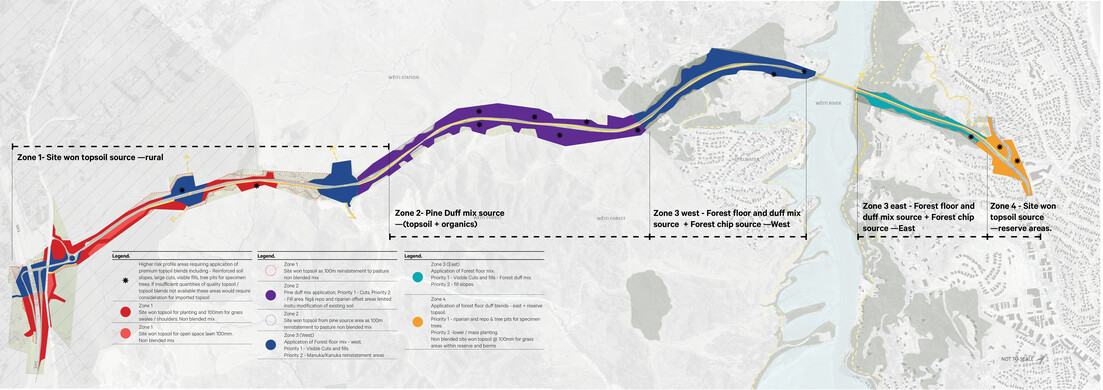
The forest duff regeneration strategy in the development of O Mahurangi transport corridor on the Whangaparāoa Peninsula is award winning for creating the building blocks that will re-establish the indigenous ngahere in the area. Those building blocks include a small part of the larger infrastructure project – the material from the forest floor – or forest duff. The strategy is award winning because it recognises and promotes the special value of the small forest duff material and seeks to retain and reuse the forest duff into the new soil creation. In turn this assists increasing the soil conditions for life. This has particular value in circumstances where removal of the parent forest is unavoidable.
NZTA, Waka Kotahi - O Mahurangi Penlink Alliance, Isthmus, Landcare Research, Tonkin & Taylor, Aurecon, Fulton Hogan & HEB Construction
Share
